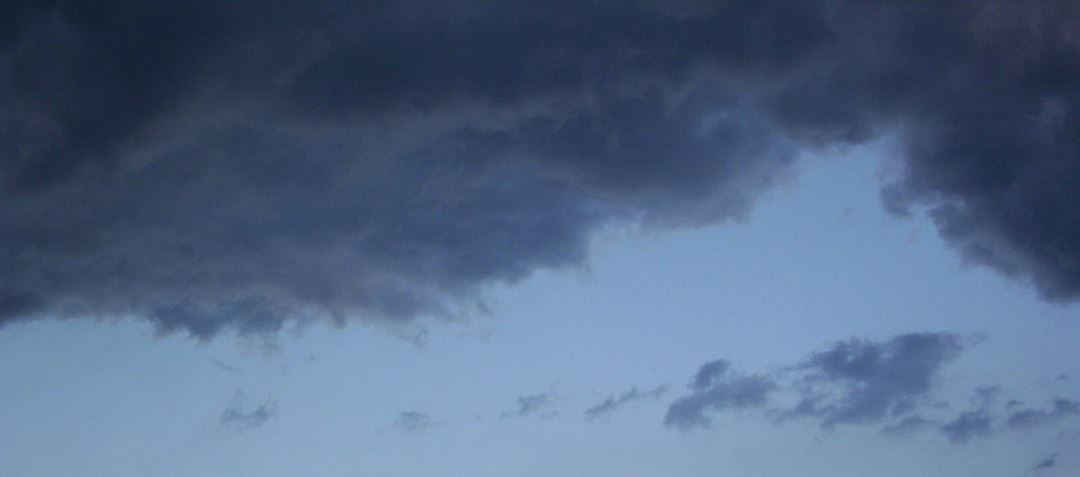The data collected will be used to update currently available statistical information, and will be available to everyone. This will be of interest to companies involved in building satellite systems and ground receiving stations.
Large bandwidths – high frequencies
Broadband communication at high latitudes will become more important in the next few years as activity in the shipping and oil industries increases. In this region, satellites often provide the only means of communication because facilities are located outside the coverage of ground-based communications systems.
However, broadband communication requires large bandwidths – which require high frequencies. And signals at high frequencies have proved to be more affected by rain and other meteorological conditions than signals at lower frequencies.
Signals disrupted by the atmosphere
On assignment from ESA, SINTEF ICT is working with Telenor, the Norwegian Defence Research Establishment, the University Graduate Centre and the Norwegian Defence Logistics Organisation to gather meteorological data and find out how much signals are being hampered and how they tend to vary.
"The project will run for a two-year period, and the five measuring stations will be located at Isfjord Radio in Svalbard, Vadsø, Røst, Eggemoen and Nittedal", says Jan Erik Håkegård at SINTEF ICT.
"What meteorological data will you measure?"
"Rain intensity is what we are particularly interested in, but humidity and atmospheric pressure are also significant. We will be able to use the data to predict when satellite signals will be too poor across different parts of the region".
Wind and weather hamper satellite signals because the satellites used are too low in the sky for receivers located at high latitudes. This means that the signal has to get through a greater thickness of atmosphere.
Closing the gap
Håkegård says that the data gathering work is being done because the statistical data currently available for high latitudes are incomplete and sometimes inaccurate.
"For example, rain intensity over the Norwegian coast is less than the previous rainfall map would indicate. And the models that show the relation between weather conditions and attenuated signals have weaknesses, particularly when the satellites have a low position in the sky", he says.
"But will more information about weather conditions result in better systems?"
"Yes, because the systems can be designed differently. There are regions for which it should theoretically be possible to provide satellite communication, but in which the service quality experienced by users is too poor. It is here that companies must try to come up with systems providing the best performance that is physically possible, and in this way narrow the gap. The bigger the increase in activity in the Nordic regions, the more important it will be to achieve this", believes Jan Erik Håkegård of SINTEF.
By Åse Dragland
FACTS:
• At high latitudes, communications systems provide an essential infrastructure for all activities. The systems are the key to everything from security to efficiency, logistics and general operations.
• The Ka-band Radio Characterisation for Satcom Services in Arctic and High Latitude Regions satellite project is being funded by ESA and will run until December 2016.
• Telenor is the project manager. FFI, UNIK, FLO and SINTEF are also taking part in the project.
• The project group will be gathering meteorological data from five locations.

